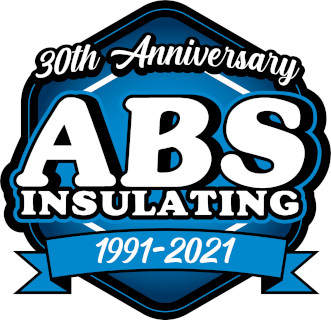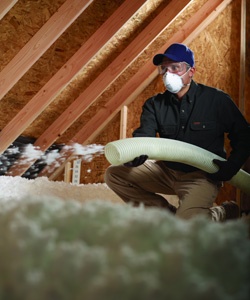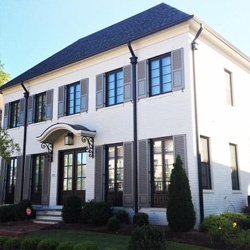
Adding home technology has several benefits. Here are just a few to consider:
- Energy and Cost Savings
Home technology can help save on monthly energy bills by reducing home energy use. Home technology can turn off power to appliances and electronics when they are not in use such as during the work or school day when the home is empty. This reduces “down time” energy draw and delivers power only when necessary. These savings can be noticed as soon as your first energy bill. Apps like LG’s ThinQ take saving energy a step further by connecting to smart grids to identify the times when energy demand is low. It then notifies homeowners of better times to use energy for routine household chores such as doing laundry or charging an electric car. - Convenience
Have you ever left your house and wondered if you’ve adjusted the temperature? Smart thermostats can tell you what’s happening in your home at any time. Some smart thermostats like Nest can automate home heating and cooling by learning your home’s occupancy and energy patterns to maximize comfort when you are home and energy savings when you are not. - Comfort
Home technology allows you to adjust your home’s interior environment before you arrive. With the touch of a button, you can adjust interior lights, your heating system, and more to ensure your home is at your desired comfort level the moment you walk in the door.
Adding home technology to your home and lifestyle can have many benefits! Check out the links above to learn more about these options.



 If your home is built on a crawl space, you know firsthand the challenges it can cause. Moisture in a crawl space can cause a host of problems. A damp crawl space is an ideal living space for pests, can cause odor inside the home and can compromise the structure of your home. Insulating your crawl space can dramatically improve your home’s comfort, can help reduce your energy bills and improve the quality of air inside your home.
If your home is built on a crawl space, you know firsthand the challenges it can cause. Moisture in a crawl space can cause a host of problems. A damp crawl space is an ideal living space for pests, can cause odor inside the home and can compromise the structure of your home. Insulating your crawl space can dramatically improve your home’s comfort, can help reduce your energy bills and improve the quality of air inside your home.
 When it comes to upgrading insulation in a home, the first area that comes to mind is the attic. Do you know why insulation in an attic is an important part of your home’s overall insulation system? Buildings have a natural airflow that draws inside air up and out. Adding insulation and sealing air leaks in an attic helps heated air stay inside your home. It also stops your HVAC system from running unnecessarily and helps keep energy bills in line.There are three ways to insulate your attic – adding blown fiberglass, air sealing and insulating with fiberglass or insulating with spray foam.
When it comes to upgrading insulation in a home, the first area that comes to mind is the attic. Do you know why insulation in an attic is an important part of your home’s overall insulation system? Buildings have a natural airflow that draws inside air up and out. Adding insulation and sealing air leaks in an attic helps heated air stay inside your home. It also stops your HVAC system from running unnecessarily and helps keep energy bills in line.There are three ways to insulate your attic – adding blown fiberglass, air sealing and insulating with fiberglass or insulating with spray foam.








 Water damage can wreak devastation on your home. Water damage can cause mold and can even
Water damage can wreak devastation on your home. Water damage can cause mold and can even

